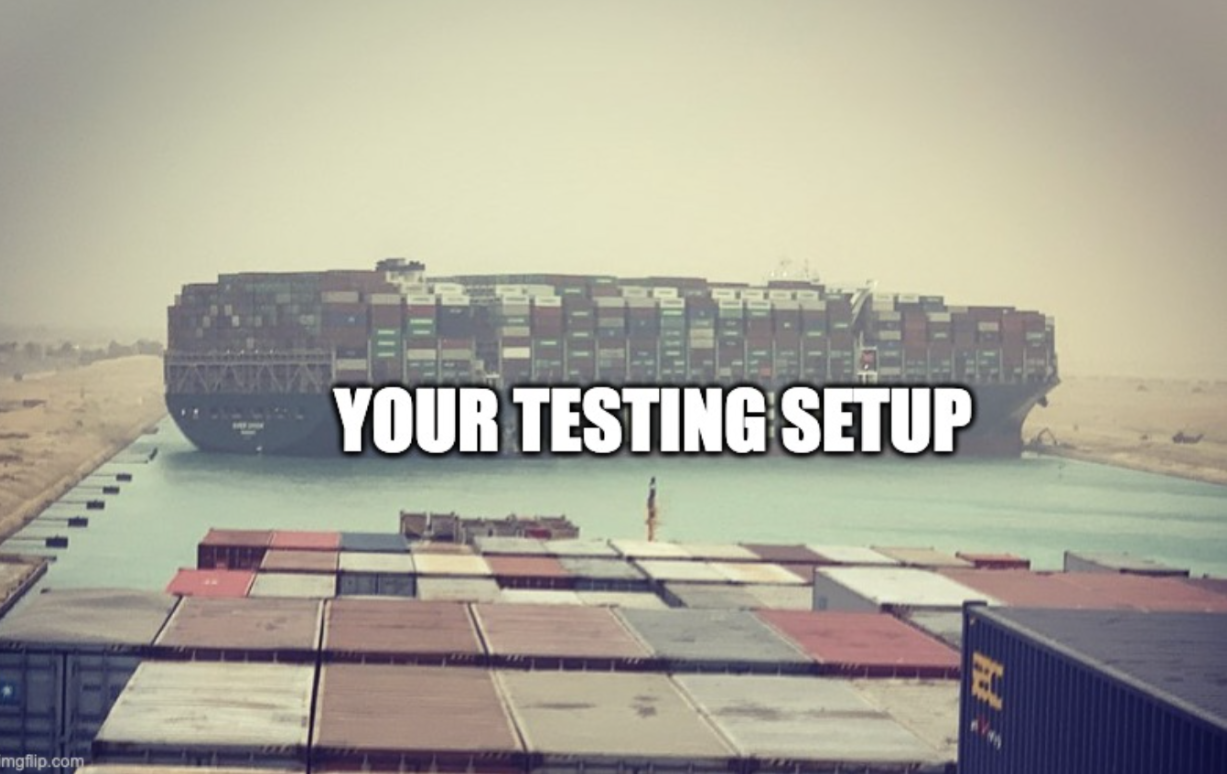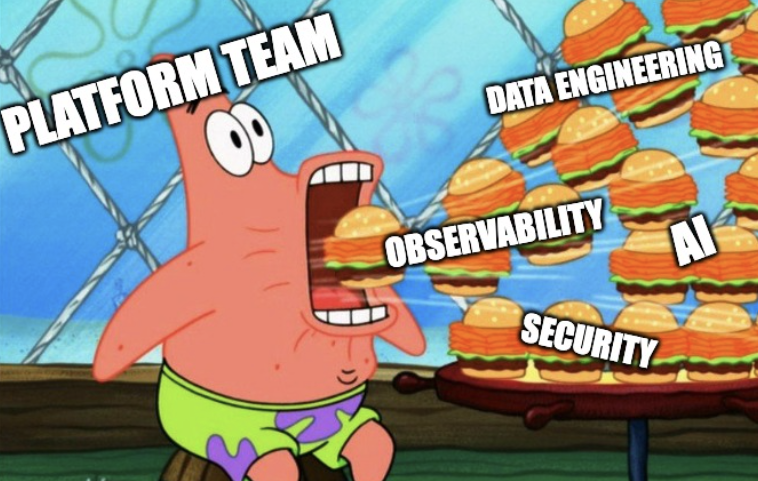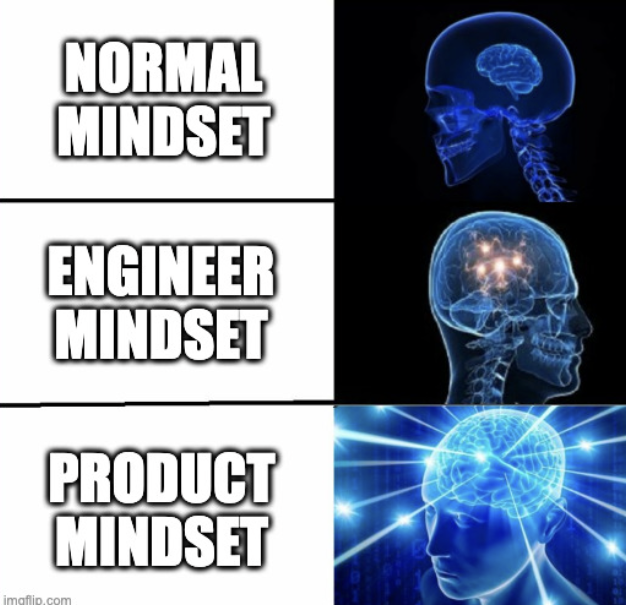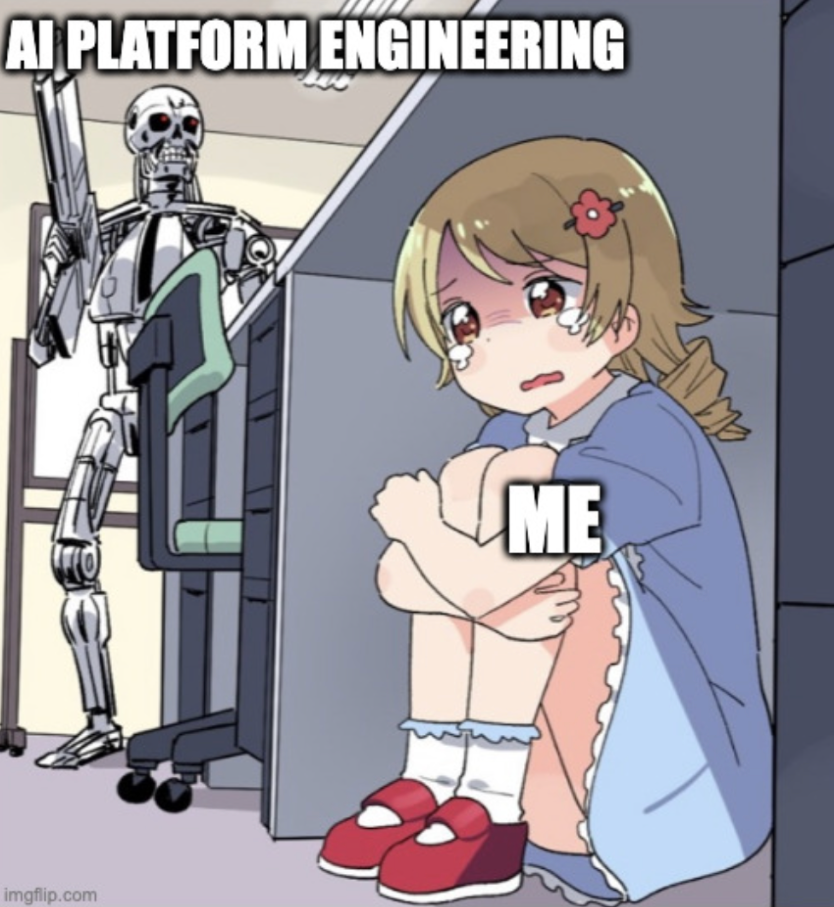
🥐 Hey there! It’s Platform Weekly… We’re the Geico of platform engineering - 3 minutes can save you 100% or more time wasted reading irrelevant news.
Sharing is caring. 💞 Get your friends in on the platform love by sharing this newsletter via email or social.
Can platform engineering get us through tough times?
Jennifer Riggins, Tech Culture Journalist
Unfortunately, tech layoffs continue. We are seeing two ways it is affecting platform teams. Teams that have failed to get internal users on board or those that are unable to measurably express their connection to profit are sadly part of that first or second round of cuts. On the flip side, we are seeing more and more platform teams making the cut as they help app teams and whole organizations do more with less.
As tech faces a downturn, platform engineering presents an opportunity to decrease cognitive load, cut cloud costs, and boost delivery speed. That’s the theme of my new piece in Lead Dev.
In order to survive — and help other teams thrive — platform engineering has to be more than a platform, control plane or developer portal. It must be a socio-technical mix of people, processes and tools that connects technical teams to business value. Platform engineering may follow similar patterns, but it is unique to each organization, as it looks to solve the distinct toil and repeated work across teams and take care of things like cloud deployments and security, enabling app teams to focus solely on the end users. It also offers a way to align technical and business goals, including cost cutting initiatives.
Read the full article here.
Don't use k8s in these situations...
Guest Author
One of my careers has evolved into providing guidance, technical architecture and design, and hands-on implementation and delivery for some of the most challenging and demanding computer environments out there.
A big part of that journey has been largely in parallel with the rise and adoption of Kubernetes as a radically different way to think about digital infrastructure. In addition to many satisfying victories, I’ve also encountered a number of situations where Kubernetes has done more harm than good or even been the wrong choice. Here’s when you should avoid adopting Kubernetes:
If your application isn’t ready for it…
Let’s face it, not every application resembles a clean 12-factor architecture. Sometimes existing legacy investments can pose significant challenges, such as:
- licensing agreements that only allow container execution on effectively already licensed legacy servers
- large databases that were not designed with automation or containerization in mind (you don’t have to containerize the database!)
If the application in question cannot handle multiple concurrent users as a consequence of design, a k8s adoption will quickly prove costly and unsuccessful. If the container images being scheduled are over 4gb in size, very quickly the benefits promised by resilience and uptime may be constrained severely by the amount of data that needs to move.
Always include a holistic review of application readiness when considering an infrastructure modernization upgrade.

If you lack operational expertise…
Kubernetes as a technology stack combines some of the most advanced skill sets typically reserved for an operations role (or perhaps three) into a very powerful package. It is often not clear from a simple YAML manifest what an operator may need to know to be successful at scale.
It is rare that a developer is well versed in measuring virtual network bandwidth, performing packet captures and analysis, understanding CPU core load average, or other advanced network engineering topics (such as VXLAN tunnels, or even BGP integration depending on the desired CNI overlay).
Additionally, if not directly outsourced to a cloud provider (and subsequently, their operational team), systems administration and hardening knowledge and skills in SElinux integration, SEComp/AppArmor tuning, eBPF module management, or understanding kernelspace vs userspace and distributed architecture. Kubernetes is very capable of encapsulating every discipline above, and even more. Entrust to staff accordingly.
With thoughtful consideration, an appropriate workload, enough expertise for operations and maintenance, and well-defined processes, Kubernetes can be a powerful tool that unlocks new levels of organizational productivity and scale.
Short on time? ⏳ We got you 🥐😋

🥐 Check out this great step-by-step guide to a DevOps CI/CD project using Docker, Jenkins, Ansible & Minikube for PoC/Development.
🥐 Here’s one take on how to make being on-call suck less.
🥐 Do you think government should regulate AI? OpenAI’s CEO says yes.
🥐 Have we found a better way to understand and measure DevEx?
🥐 PlatformCon 2023 is almost here, and so are more opportunities to connect with the platform engineering community.
Join us in-person in London, San Francisco, or Austin. Or tune in virtually to one of our pre-kickoff events to get the scoop 🍨 on what’s hot in platform engineering. Check out our satellite events here.
🥐 DevOps burnout is real, y’all.

And that’s a wrap on this week! As always, this newsletter is a community project. So if you have anything awesome to share from the cloud-native world, send it our way.
Stay crunchy 🥐
Luca





























.webp)
.webp)




.webp)
.webp)


.webp)
.webp)

.webp)


-1.webp)














.jpg)
.jpg)
.jpg)
.jpg)
.png)
.jpg)
.png)
.jpg)
.jpg)
.jpg)


.jpg)
.jpg)
.jpg)
.jpg)
.jpg)
.png)
.jpg)
.jpg)
.jpg)
.jpg)
.jpg)
.jpg)
.png)
.jpg)
.jpg)
.jpg)
.jpg)
.jpg)
.jpg)










